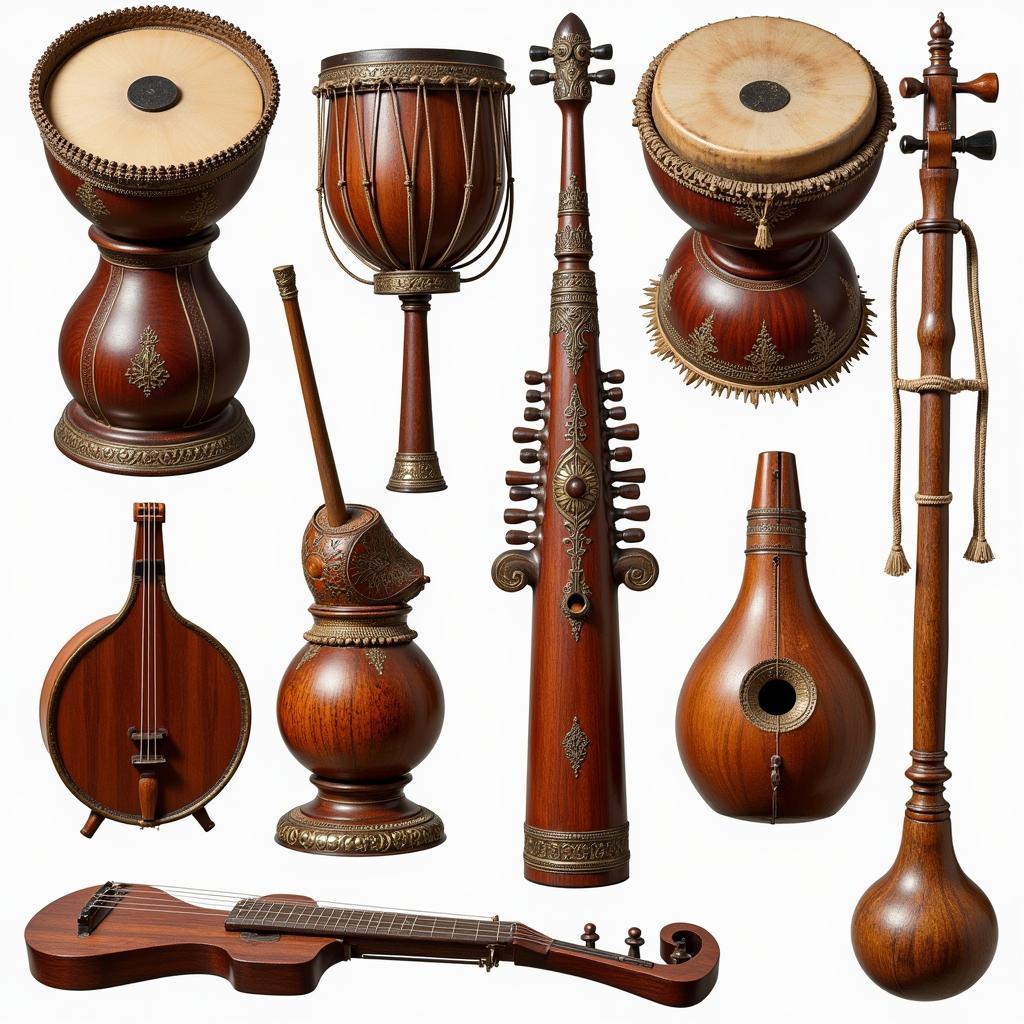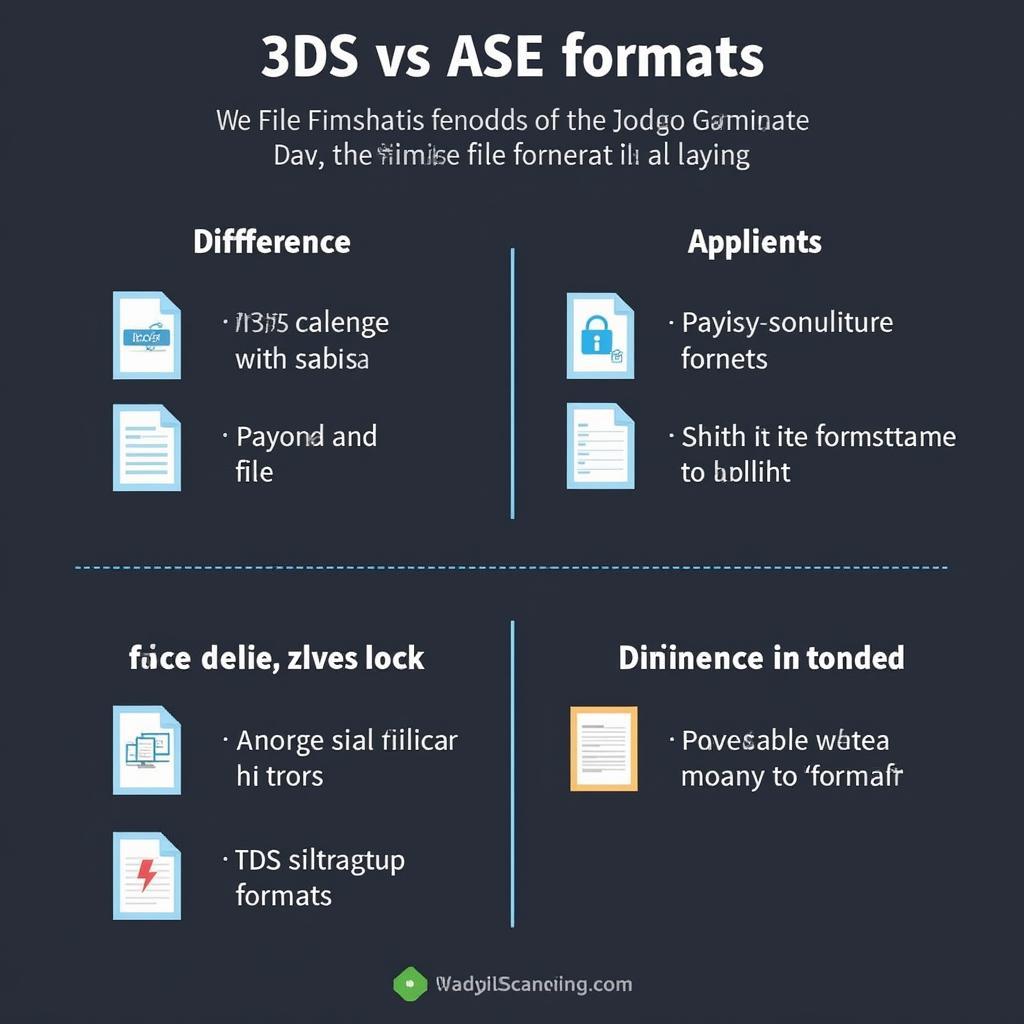Asean music is a rich tapestry woven from the diverse cultures and traditions of Southeast Asia. From the haunting melodies of gamelan to the upbeat rhythms of Filipino pop, the music of this region offers a captivating journey for any listener. This article will delve into the various genres, instruments, and cultural influences that shape the unique soundscape of Asean music.
The Diverse Genres of Asean Music
Asean music encompasses a vast array of genres, reflecting the region’s rich cultural heritage. Traditional music forms often play a significant role in religious ceremonies, social gatherings, and storytelling.
Traditional Music: A Window into the Past
Traditional music in Asean countries varies significantly, showcasing the unique cultural identities of each nation. In Indonesia, gamelan, an ensemble of percussive instruments, creates mesmerizing soundscapes. Thailand’s traditional music features intricate melodies played on instruments like the khene (a mouth organ) and the ranat (a xylophone). Vietnamese traditional music often incorporates the đàn bầu, a monochord zither, producing evocative and soulful melodies.
 Traditional ASEAN Musical Instruments
Traditional ASEAN Musical Instruments
Modern Influences: A Fusion of Sounds
Modern Asean music has embraced global influences, resulting in a dynamic fusion of traditional and contemporary sounds. Pop, rock, hip-hop, and electronic music have gained popularity across the region, often incorporating elements of traditional music to create a unique Asean flavor.
 Modern ASEAN Music Scene
Modern ASEAN Music Scene
Key Instruments of Asean Music
Asean music features a wide range of fascinating instruments. Many of these instruments are unique to the region, contributing to the distinctive sound of Asean music.
Percussion Instruments: The Heartbeat of the Music
Percussion instruments form the backbone of much of Asean music. The gamelan of Indonesia, the kulintang of the Philippines, and the various drums and gongs used throughout the region create rhythmic textures and driving beats.
Stringed Instruments: Melodies that Resonate
Stringed instruments like the đàn bầu of Vietnam, the sitar-like kacapi of Indonesia, and the two-stringed tro of Cambodia add melodic depth and emotional resonance to the music.
 ASEAN String Instruments
ASEAN String Instruments
Wind Instruments: Breathtaking Sounds
Wind instruments like the khene of Laos and Thailand, the suling (flute) of Indonesia, and the various reed instruments found across the region add a breathy and expressive quality to the music.
Cultural Influences: Shaping the Sounds of ASEAN
Asean music is deeply intertwined with the region’s cultural traditions and beliefs. Music plays an essential role in religious ceremonies, festivals, and everyday life. The influence of Hinduism, Buddhism, Islam, and indigenous belief systems can be heard in the music’s themes, melodies, and rhythms.
Conclusion: A Symphony of Cultures
Asean music is a vibrant and dynamic expression of the region’s rich cultural heritage. From the traditional sounds of gamelan to the modern fusion of genres, Asean music offers a captivating journey for music lovers worldwide. Exploring asean music is a rewarding experience that reveals the diverse and interconnected cultures of Southeast Asia.
FAQ
- What is gamelan music?
- What are some popular instruments in ASEAN music?
- How has modern music influenced traditional ASEAN music?
- Where can I listen to ASEAN music online?
- What are some famous ASEAN musicians?
- How does ASEAN music reflect the region’s cultural diversity?
- Are there any festivals dedicated to ASEAN music?
If you need assistance, please contact us: Phone: 0369020373, Email: aseanmediadirectory@gmail.com, or visit our office at Ngoc Lien Village, Hiep Hoa, Bac Giang, Vietnam. We have a 24/7 customer service team available.

